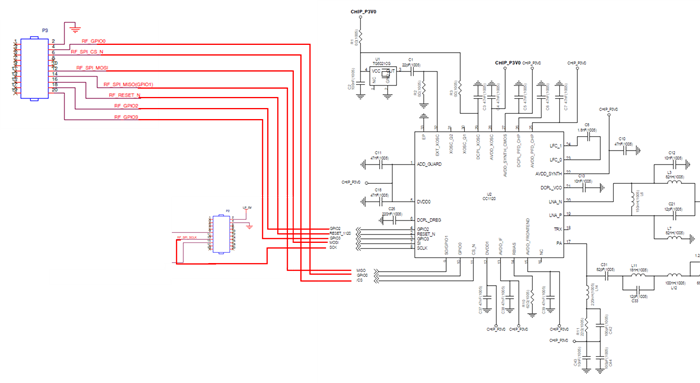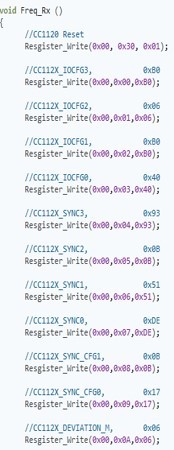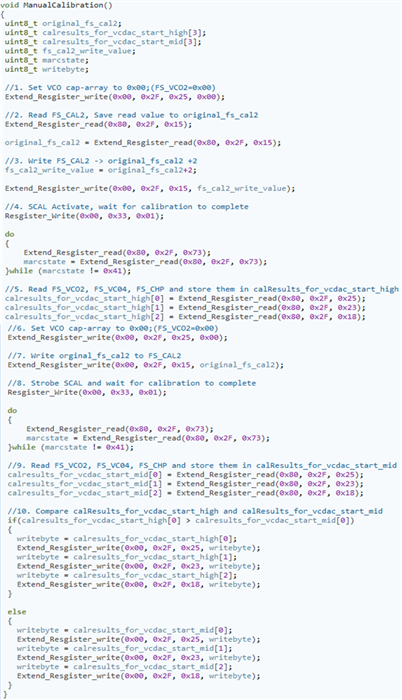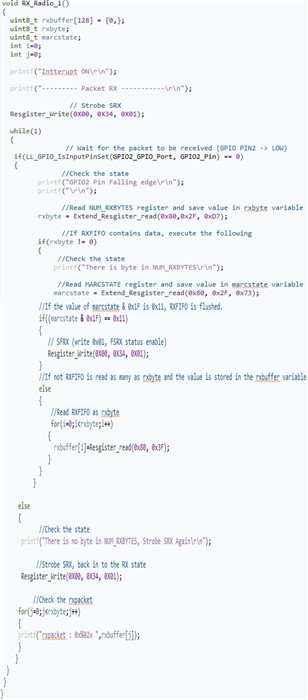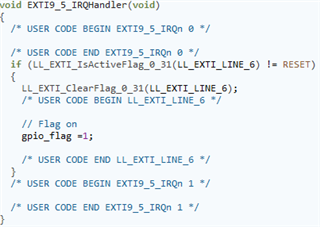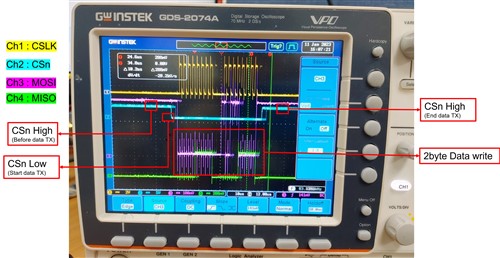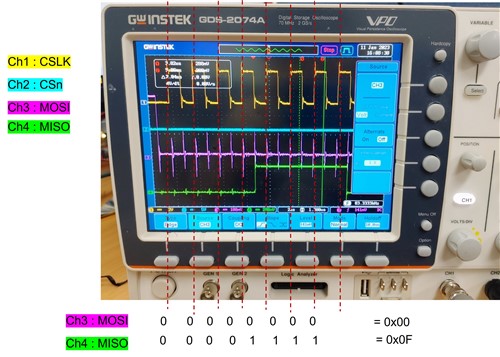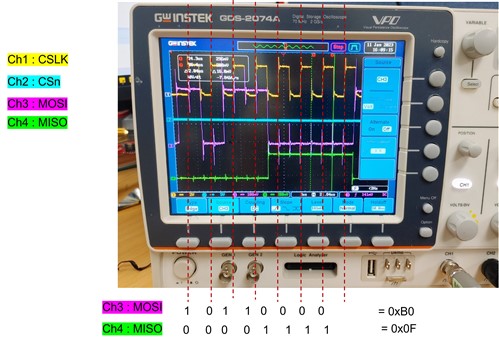Hello expertes.
I am a person who is experimenting with the CC1120 in the environment shown in the picture below.
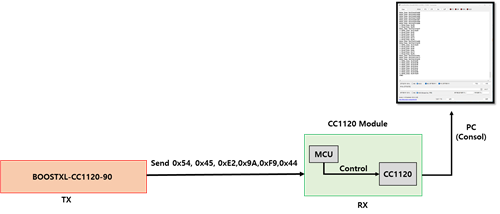
The CC1120 module acts as a RX and is composed of an mcu and a CC1120 chip, the CC1120 chip is controlled by the MCU.
The CC1120 module is manufactured, not a commercial product.
BOOSTXL-CC1120-90 is used as TX and is a commercial product of TI.
BOOSTXL-CC1120-90 interlocks with SMART RF and can transmit packets with the set Carrier Frequency through Packet TX of SMART RF in PC.
There is something I would like to ask more about in the question in the link below.
In the above link answer, I learned that GPIO2 pin is HIGH when data is received from CC1120, and then falls to LOW while data is received.
In fact, as a result of communication using two BOOSTXL-CC1120-90, it was confirmed that GPIO No. 2 is falling while data is being received on the receiving side.
So, I coded RXFIFO to be read when the Falling edge Interrupt occurred, as informed me before when the GPIO2 pin is Falling.
But no interrupt occurred.
So, as a result of checking the GPIO pin 2, it was confirmed that it is still in the LOW state.
BOOSTXL-CC1120-90 maintains HIGH state when GPIO2 pin is checked, then turns LOW state when data is received, then returns to HIGH state.
I think there is a problem with the hardware of the CC1120 module.
I'm really sorry, but I'm attaching the circuit diagram (Pictures and Attachments below), so if there are any mistakes in the circuit diagram, I'd appreciate it if you could let me know.
I tested both versions of the picture below, but GPIO2 was still LOW.
- Ver1.-
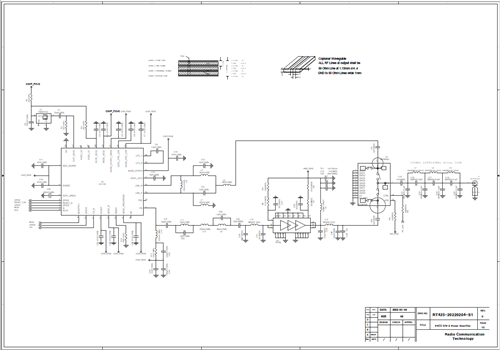
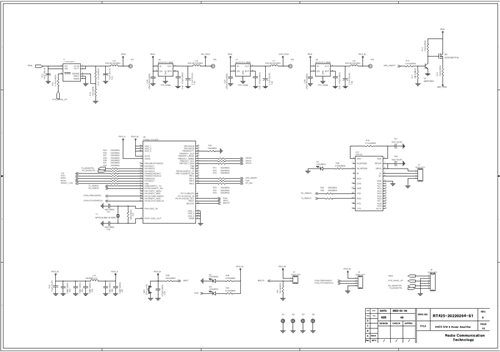
- VER2. -
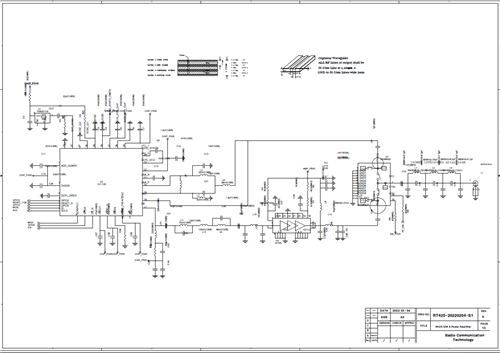
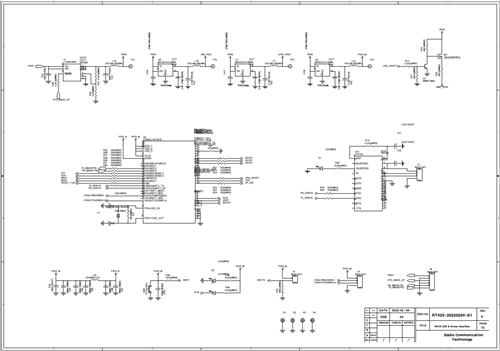
And the state of GPIO 0 pin was different in CC1120 Module (HIGH) and BOOSTXL-CC1120-90 (LOW).
Could you also tell me what the GPIO0 pin is doing?
The reason for the long answer in the last question is that it took a long time to reflect Falling edge Interrupt in the code for the first time
Thanks as always and any help would be greatly appreciated.
- by Kim -



